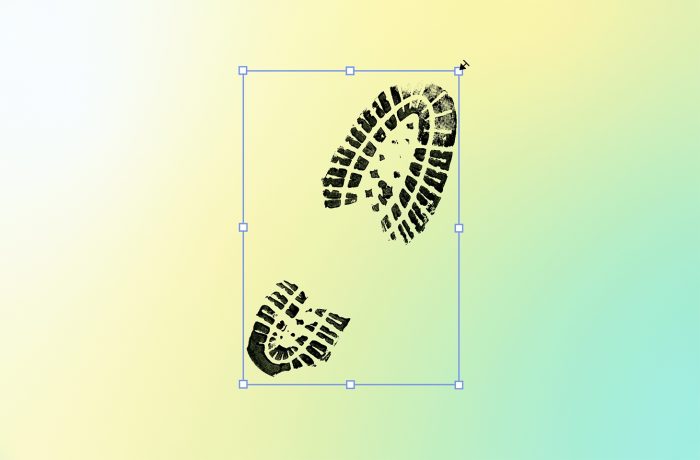
How to shrink your digital footprint
Adjust your daily routines to leave as little data about yourself online as possible.
257 articles

Adjust your daily routines to leave as little data about yourself online as possible.

Researchers have found several vulnerabilities in the Sitecore CMS platform that enable unauthenticated remote code execution (RCE).

Researchers have found a vulnerability that allows attackers to get root privileges on most Linux distributions.

Internet Explorer sends its regards: a vulnerability in the HTTP protocol extension allows attackers to run malicious code — even on a modern operating system.

Since 2016, a threat actor has been exploiting insecure plugins and themes to infect WordPress websites and redirect traffic to malicious websites.

Our experts at GReAT have uncovered a dangerous vulnerability in a smart-home control app that allowed attackers to disable physical security systems.

Newly discovered vulnerabilities in AirPlay allow attacks on Apple devices and other AirPlay-enabled products over Wi-Fi – including zero-click exploits.

Researchers have found a way to exploit a security mechanism in a popular machine-learning framework.

A security researcher has investigated his own smart mattress cover, discovering several ways to hack it — including through a backdoor preinstalled by the developer.

Our technologies have helped to detect the zero-day vulnerability CVE-2025-2783 in Google Chrome, which was used in a sophisticated APT attack.

Reasons for updating your ESXi infrastructure ASAP, and enterprise threats that VM escape poses.

Microsoft’s March Patch Tuesday fixes several vulnerabilities that have already been used in the wild. Details are not clear at the moment, but it’s worth installing the patches ASAP.

A year after the ransomware attack on healthcare giant UnitedHealth Group, we’ve compiled all publicly available information about the incident and its aftermath.

New research demonstrates for the first time how hardware vulnerabilities in modern CPUs can be exploited in practice.


$3 billion worth of damage to healthcare insurance giant, schools closed, soccer club players’ data leaked, and other ransomware incidents in 2024.

Researchers have discovered a vulnerability in the 7-Zip file archiver software.

Unknown hackers are exploiting newly discovered vulnerabilities in Ecovacs robot vacuums to spy on their owners and rain misery upon them.

A vulnerability that permits bypassing authentication has been found in a popular security hardening plugin for WordPress.

Exploitation of vulnerability CVE-2024-43451 allows an attacker to steal an NTLMv2 hash with minimal interaction from the victim.

A vulnerability in Kia’s web portal made it possible to hack cars and track their owners. All you needed was the car’s VIN number or just its license plate number.